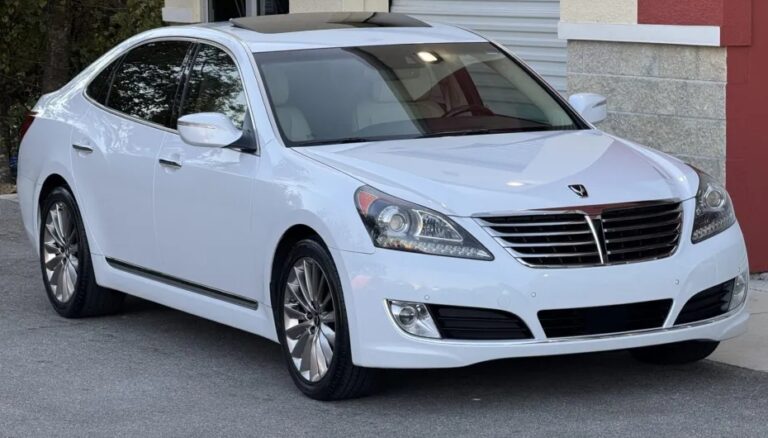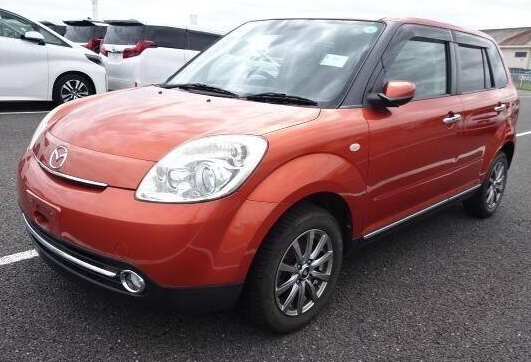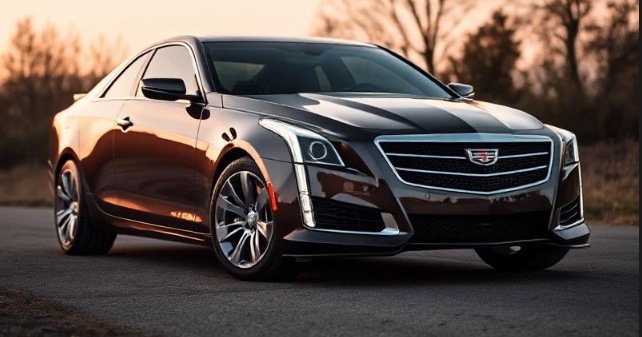The Evolution of the Fiat Viaggio
The Fiat Viaggio represents a significant chapter in Fiat’s global strategy, particularly as it marked the company’s foray into the Chinese domestic market. Launched as a compact sedan tailored to local preferences, the Viaggio drew heavily from Fiat’s global model platform, notably the Fiat Bravo/Brava and related vehicles. Its development and evolution reflect both Fiat’s engineering adaptability and its strategic efforts to compete in the rapidly expanding Chinese automotive market.
Origins and Launch (2012)
Introduction and Market Positioning
The Fiat Viaggio was officially introduced in 2012, primarily targeted at the Chinese market. It was produced through a joint venture between Fiat and Guangzhou Automobile Group (GAC), known as GAC Fiat. The vehicle was designed to appeal to consumers seeking an affordable yet stylish compact sedan, a segment that was rapidly growing in China at the time.
Design and Platform
The Viaggio was based heavily on the Fiat Bravo/Brava platform, adapted for Chinese manufacturing and market preferences. Its styling combined Fiat’s distinctive design cues with a focus on practicality and affordability. The car’s design featured a modern, aerodynamic profile with a prominent front grille, sleek headlights, and a compact rear, aligning with contemporary sedan trends.
First Generation Fiat Viaggio (2012–2017)
Production Years
The Fiat Viaggio was produced from 2012 until 2017. During this period, it was available solely in the Chinese domestic market, serving as Fiat’s entry into the competitive compact sedan segment in China.
Model Variants and Trim Levels
Throughout its production run, the Viaggio was offered in several trim levels, generally differentiated by features, engine options, and equipment packages. These included:
- Standard/Basic Trim: Focused on affordability, with essential features such as manual air conditioning, basic audio, and fabric seats.
- Comfort / Mid-Level Trims: Added features like power windows, upgraded audio systems, and improved interior materials.
- Luxury / Top Trim: Included leather upholstery, touchscreen infotainment systems, alloy wheels, and additional safety features like parking sensors and stability control.
Engine Options
The first-generation Viaggio was equipped with a range of engine options, optimized for the Chinese market:
- 1.4-liter turbocharged four-cylinder petrol engine: Offered around 120 horsepower, providing a balance of performance and fuel efficiency.
- 1.6-liter naturally aspirated petrol engine: Produced approximately 120 horsepower, catering to budget-conscious buyers.
- 2.0-liter petrol engine: Available on higher trims, delivering around 150 horsepower, aimed at consumers seeking more power.
Transmission Options
- 5-speed manual transmission
- 6-speed automatic transmission, depending on engine and trim
Facelift and Updates (2015)
In 2015, Fiat introduced a mild facelift to the Viaggio. The update included subtle exterior tweaks such as revised front grille, new alloy wheel designs, and updated taillights. Inside, the cabin received improvements in materials and added features like a multi-function steering wheel and enhanced infotainment options.
The Role of the Fiat Viaggio in Fiat’s Global Strategy
While globally, Fiat’s focus was shifting toward models like the Fiat 500 and Panda, the Viaggio served as a crucial model in Fiat’s China strategy. It was designed specifically for the Chinese market, with local manufacturing and tailored features to meet consumer preferences.
.
Many car aficionados have multiple hobbies, like boating as well as auto stuff. Those who don’t already own a boat (and even some that do), may have thought about building their own boats. It’s really not as hard as you’d think. Just take a look at these easy boat building plans!

.
Discontinuation and Legacy (2017)
End of Production
By 2017, the Fiat Viaggio was discontinued, as Fiat’s global focus shifted and the Chinese joint venture introduced new models aligned with local market demands. The Viaggio’s lifecycle reflected Fiat’s strategy of adapting global platforms for emerging markets.
Replacement and Market Shift
In China, the Viaggio was succeeded by models like the Fiat Ottimo and the Fiat Tipo, which offered more modern styling, updated platforms, and better alignment with Fiat’s global design language.
Summary of Key Specifications and Features
| Year | Model Name | Engine Options | Transmission | Notable Features | Trim Levels |
|---|---|---|---|---|---|
| 2012–2015 | Fiat Viaggio | 1.4L Turbo, 1.6L, 2.0L | 5MT, 6AT | Basic to luxury trims, mild facelift in 2015 | Standard, Comfort, Luxury |
| 2015–2017 | Fiat Viaggio (Facelifted) | Same as above with updates | Same as above | Updated front grille, new interior features | Same trims as prior |
Final Remarks
The Fiat Viaggio’s evolution epitomizes Fiat’s strategic adaptation to the Chinese automotive landscape. Its lifecycle from 2012 to 2017 saw incremental updates aimed at maintaining competitiveness in a crowded segment. The vehicle’s emphasis on affordability, practicality, and localized features made it an important model for Fiat’s foothold in China during those years.
While the Viaggio is no longer in production, its legacy persists as a representation of Fiat’s efforts to penetrate emerging markets through platform adaptation and market-specific models.







